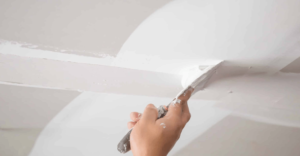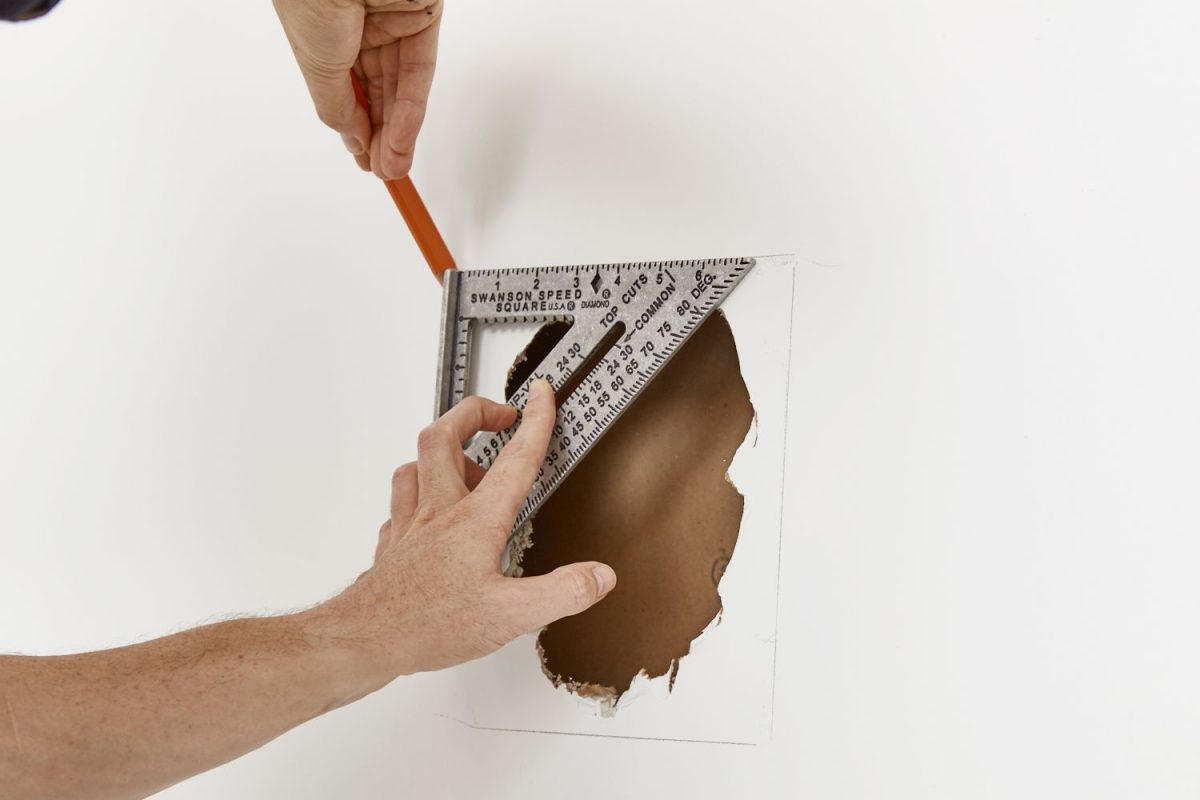Drywall Repair
Whether due to mishaps, wear and tear, or ecological elements, drywall can establish cracks, holes, or other kinds of damage. In this post, we will talk about some of the most common types of drywall damage and how to repair them.
Types of Drywall Damage

Before we go over how to repair drywall, it is necessary to understand the kinds of damage that can occur. The most common types of drywall damage consist of:
Cracks: These are small lines that can appear in the drywall due to motion or settling of your house. They can likewise occur due to temperature level modifications or using inappropriate installation techniques.
Holes: Holes can be triggered by various elements, consisting of unintentional damage, hanging heavy objects, or eliminating hardware such as screws or nails.
Water Damage: Water damage is a common type of drywall damage that takes place due to leaks, flooding, or high humidity levels. It can trigger the drywall to swell, warp, or become blemished.
Damages: Dents can occur when the drywall is struck by a heavy things, such as furniture or a door.
Popped Nails: This kind of damage takes place when the drywall nail becomes loose and pushes out of the wall, causing a noticeable bump.
Repairing Drywall Cracks
Fractures are one of the most typical types of drywall damage. They are typically triggered by movement or settling of the house, temperature modifications, or incorrect installation techniques. The bright side is that repairing drywall fractures is relatively simple.
To repair a fracture in drywall, follow these actions:
Tidy the location around the crack with a drywall knife to get rid of any loose debris or drywall dust.
Apply a layer of joint substance over the fracture utilizing a putty knife. Make sure to spread the substance equally over the fracture and plume the edges to create a smooth surface.
As soon as the joint compound is dry, sand the area lightly to get rid of any rough edges or bumps.
Repeat the procedure until the fracture is completely filled and the surface is smooth.
When the last layer of joint substance is dry, sand the location gently to ensure a smooth finish.
Prime and paint the area to match the surrounding wall.
Fixing Drywall Holes
Holes in drywall can be caused by various factors, consisting of unintentional damage, hanging heavy items, or removing hardware such as screws or nails. Luckily, fixing drywall holes is fairly uncomplicated.
To repair a hole in drywall, follow these steps:
Clean the area around the hole with a drywall knife to eliminate any loose particles or drywall dust.
Cut a piece of drywall to fit the size of the hole. Ensure the new piece of drywall is a little larger than the hole.
Hold the brand-new piece of drywall over the hole and trace around it with a pencil.
Cut along the pencil line with a drywall saw to eliminate the harmed drywall.
Apply joint substance around the edges of the hole utilizing a putty knife.
Location the new piece of drywall over the hole and press it firmly into the joint substance.
Use a layer of joint substance over the new drywall spot, feathering the edges to develop a smooth surface.
Once the joint compound is dry, sand the area gently to remove any rough edges or bumps.

